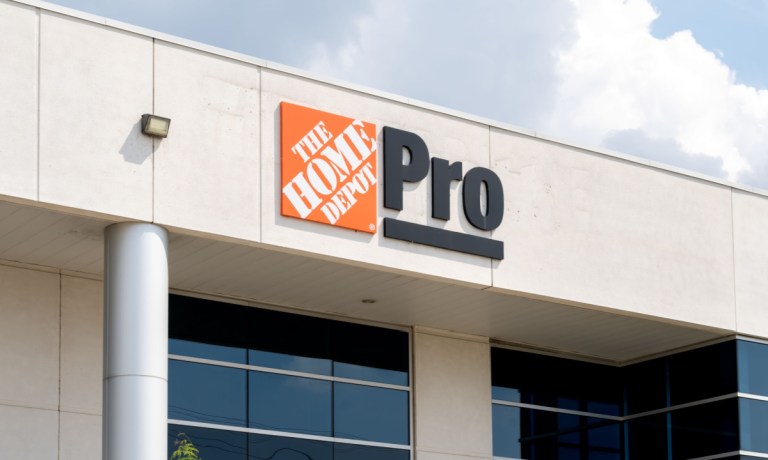Home Depot’s SRS Deal Boosts B2B and Trade Finance Strategy Across Digital Channels

Home Depot’s acquisition of SRS is the latest evidence that the home improvement giant is laying the foundation — pun intended — for a many-sided, digitally-enabled ecosystem.
With B2B services and trade finance tied to it all, the deal might solidify loyalty among professional contractors, boosting revenue streams that go well beyond the confines of individual, do-it-yourself customers and homeowners.
As reported this week, Home Depot is spending $18.2 billion to buy SRS, which operates as a distributor for roofing firms and construction projects. The company has 760 locations, thousands of trucks on the road and as its own site has noted has closed more than 100 acquisitions of roofing and building suppliers, which bolster’s Home Depot’s fulfillment operations. SRS helps contractors access rebates and promotions through its RoofHub account, which in turn submits purchase data. SRS also enables contractors to open lines of credit and cash on delivery applications.
Trade Financing Among Key Initiatives
In reference to the financing, it should be noted here that Home Depot has said during earnings calls that it has trade finance and order management functions in the pilot development stage.
In Home Depot’s most recent annual report with the Securities and Exchange Commission (SEC), filed earlier this month, Home Depot detailed that it targets its professional customers with a number of initiatives including a “customized online experience” and added that “we are investing in differentiated capabilities that will help us better serve our Pros’ complex purchase needs, including expanded supply chain capabilities, additional trade credit offerings, more showroom space, and an enhanced order management system.” The SRS deal fits within those initiatives.
The trade finance initiatives are timely ones. PYMNTS Intelligence, in collaboration with Ingo Money, noted that 73% of contractors were forced to pay out of pocket for materials last year, which is up from the 66% of firms who had done the same in 2022. More than half of the subcontractors surveyed said that they’d had to use credit cards to bridge cash flow gaps.
And in other statistics, more than 9 in 10 contractors said they would offer a discount of up to 5% if they could be paid in a timely manner. The cash crunch is considerable, given the fact that the data also show that contractors have been waiting an average of 74 days to be paid for a job.
Separate research from PYMNTS Intelligence has noted that construction firms have been among the most ardent users of credit as 36% use business-sourced credit and 33% use of personal credit sources. And another 25% are mulling the use of online lenders (beyond banks) to get access to the capital that they need.